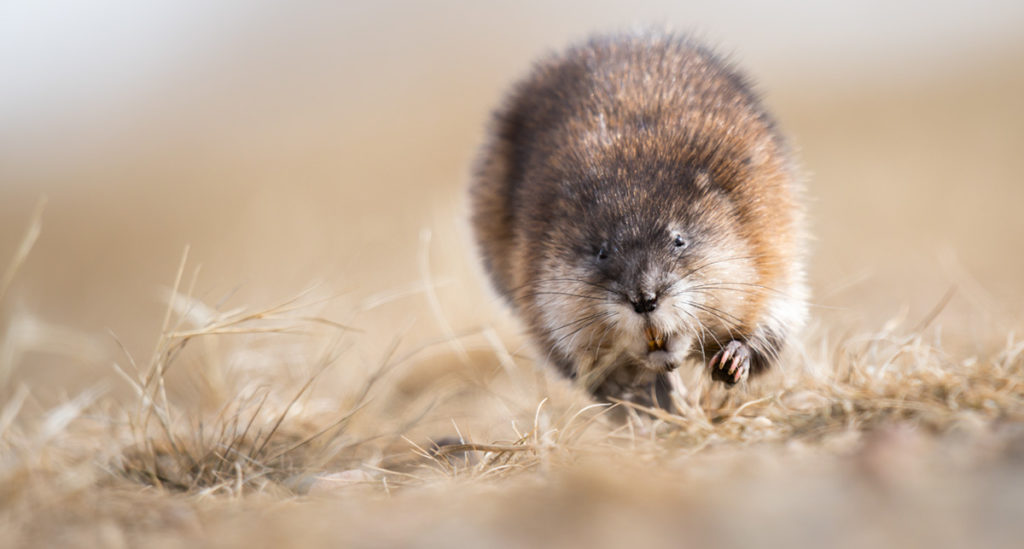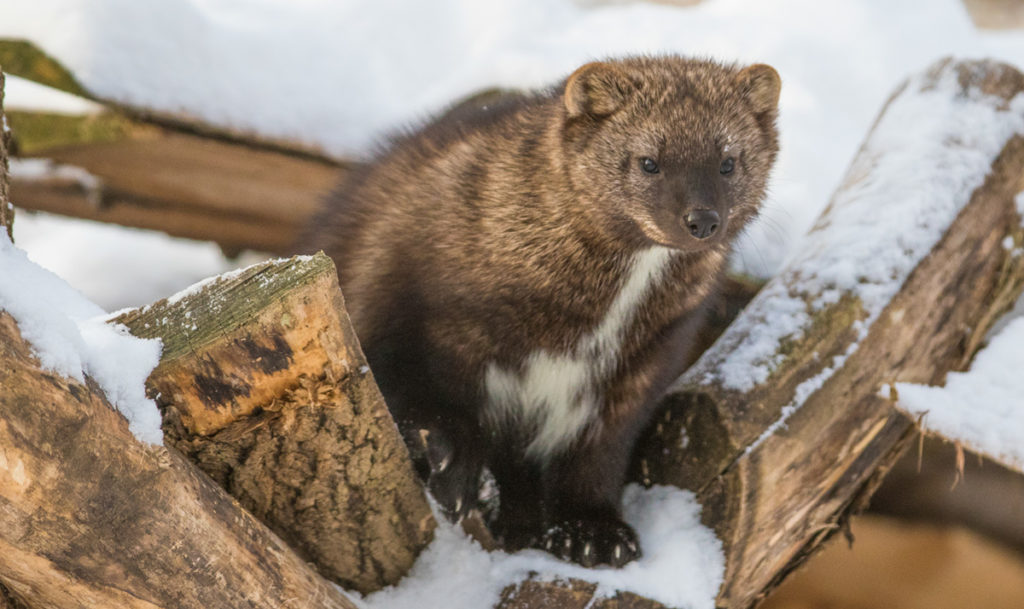Sustainability and the Environment

The commercial fur industry routinely makes claims that trapping is sustainable. However, this is far from the truth. Not only is trapping unsustainable in terms of its impact on wildlife populations and the environment, it is also an unsustainable economic activity. Trapping is a low-paying, seasonal activity that is engaged in recreationally or used to supplement incomes; it is not a sustainable livelihood. For example, the most widely trapped animal killed for Canadian auction in August 2020 was the raccoon (182,656 animals); the auction house did not list an average price of these pelts because they went “mainly unsold”. The second most trapped animal for auction was the muskrat (140,718 animals); the average price for each muskrat pelt was $3.19.¹ These animals are suffering and being killed for no substantial economic benefit to the trappers themselves. While Indigenous communities engage in trapping and hunting in accord with their traditional ways of life and for sustenance, commercial and recreational trapping in Canada is predominantly an activity carried out by non-Indigenous people as a hobby or a meager side income.
Not only is it unsustainable as an economic activity, but it is also harmful to wildlife populations, the environment, and entire ecosystems (let alone the animals themselves). Historically, the overexploitation and trapping of beavers for their fur resulted in a severe collapse of beaver populations at the turn of the 20th century in North America.² It was only through protection and conservation efforts that beaver populations have been able to bounce back after centuries of ruthless trapping in the US and Canada because of the commercial fur trade. The Sea Mink, an animal with a native habitat in the Canadian Maritimes, was hunted to extinction because of the fur trade. The last known sea mink in Canada was killed in New Brunswick in 1894 and Canada designated the sea mink extinct in 1986.³
While there are generally prohibitions against trapping and killing endangered or at-risk species in Canada, the indiscriminate nature of traps results in these animals being caught, further putting endangered species at risk. Trappers may not report these incidents to government officials for fear of penalization, so endangered animals are killed with no official records or data for the public to fully appreciate the scope of the issue. In addition to this problem, governments may also allow the trapping of endangered animals for their fur. Despite scientists warning that trapping could wipe out rare fishers in British Columbia, in 2020, the BC government approved trapping of the interior fisher, an endangered animal where only 300-500 individuals remain.⁴ Research published in 2022 found that trapping is responsible for accelerating the decline of the endangered fisher in the province.⁵

Trapping is a harmful, unnecessary, and unsustainable practice that has devastating impacts on wild animal populations and ecosystems. Year after year, public support for the commercial fur trade decreases, much like the decreasing demand for fur by consumers, highlighting the economic irrelevance of this industry. Where human-animal conflicts exist (e.g. the rapid urbanization of natural habitats), and trapping is justified by the industry to deal with ‘pest management’, peaceful and non-violent coexistence with wild animals is not only possible, but also preferable. The Fur-Bearers offers solutions and resources on non-lethal alternatives to trapping to mitigate and prevent human-wildlife conflict. View the resources on our Living With Wildlife page.
References
¹Fur Harvesters Auction Inc. (2020) Sale Results – August 30 & 31 / September 4 – 11. https://www.furharvesters.com/auctionresults.html
²Rosell, F., Bozser, O., Collen, P., & Parker, H. (2005). Ecological impact of beavers Castor fiber and Castor canadensis and their ability to modify ecosystems. Mammal Review, 35(3-4), 248-276. https://doi.org/10.1111/j.1365-2907.2005.00067.x
³Government of Canada. (2011, November 29) Species Profile: Sea Mink. https://wildlife-species.canada.ca/species-risk-registry/species/speciesDetails_e.cfm?sid=8
⁴Cox, S. (2020, November 20) B.C. government gives okay to trap endangered fishers for fur as scientists warn of impending extinctions. The Narwhal. https://thenarwhal.ca/b-c-government-trap-endangered-fishers-fur-extinction/
⁵Fogarty RD, Weir RD, Lofroth EC, Larsen KW (2022) Trapping mortality accelerates the decline of the fisher, an endangered mesocarnivore, in British Columbia, Canada. Endang Species Res 49:1-12. https://doi.org/10.3354/esr01200